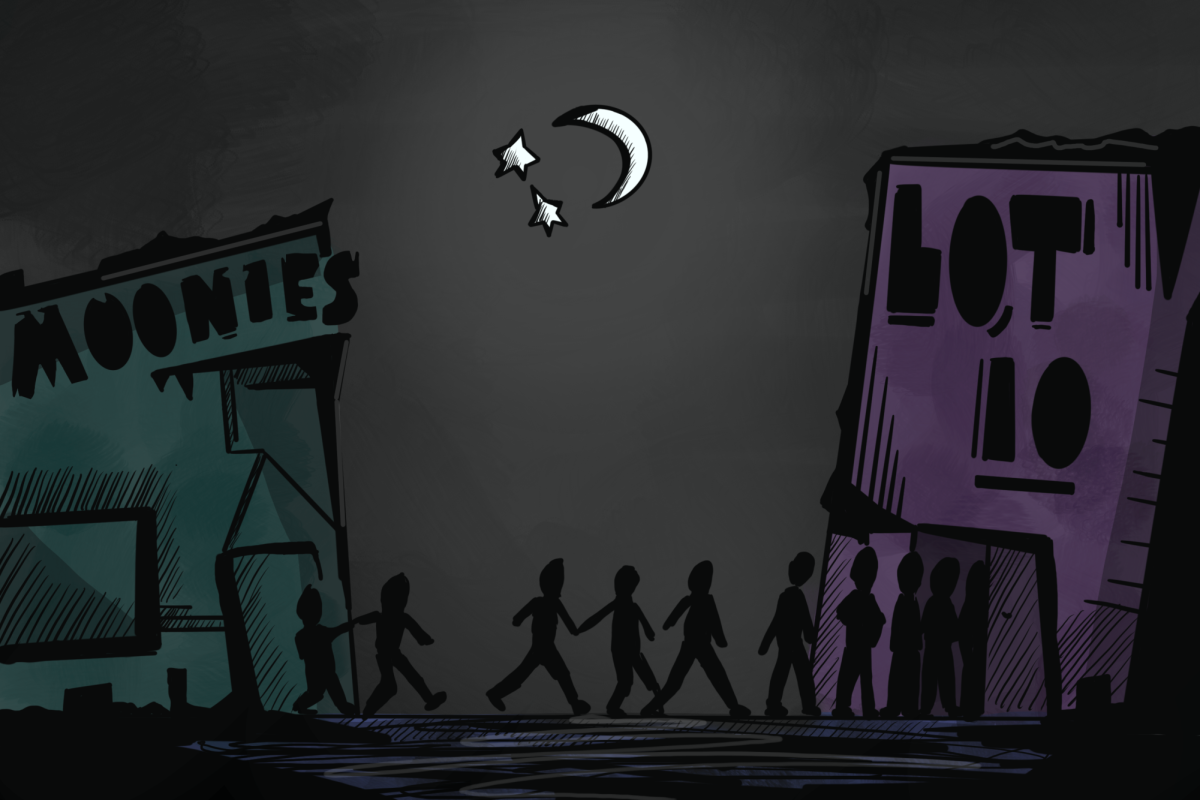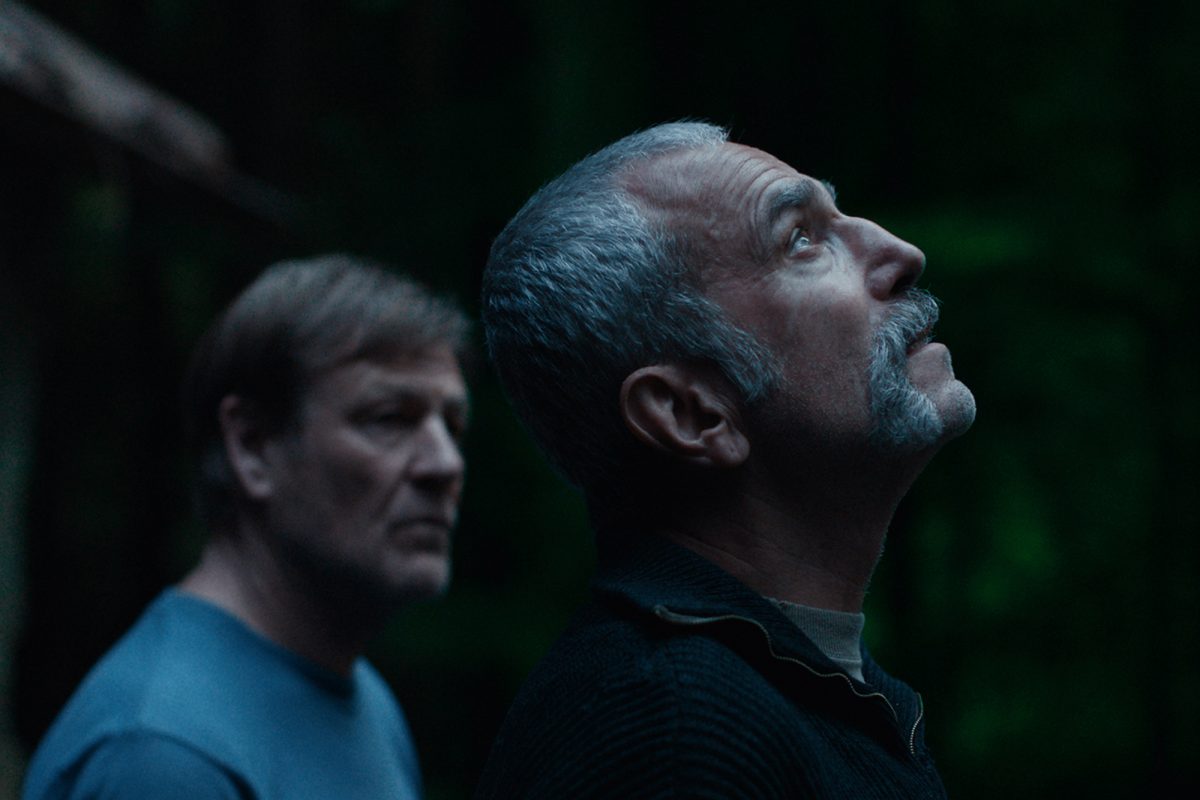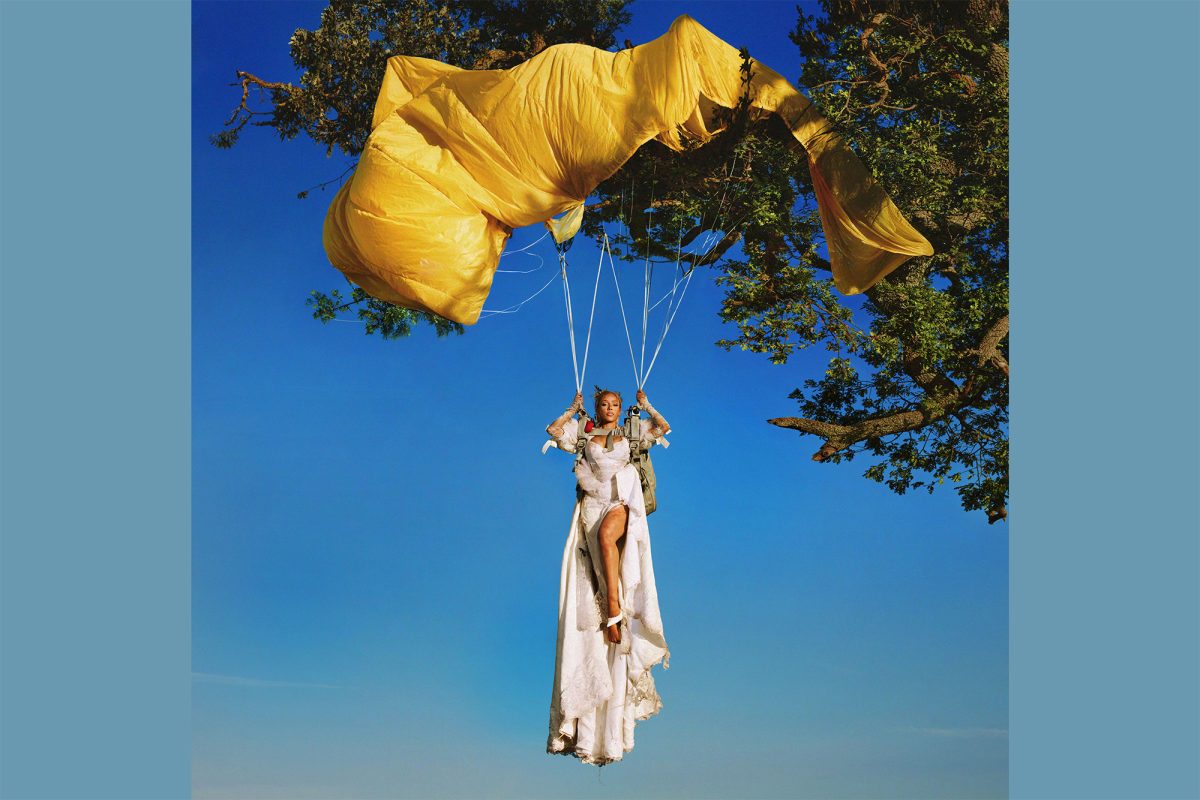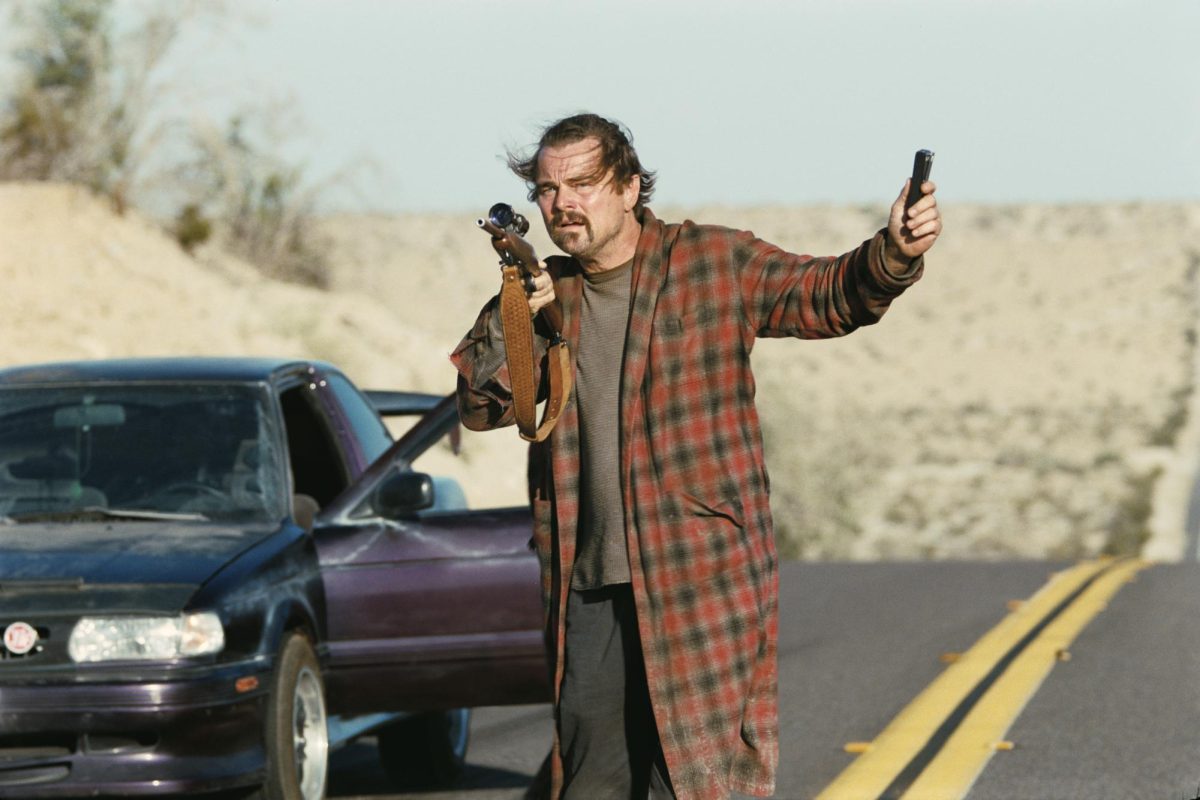4.5 out of 5.0 stars
Thematically rich and beautifully written, Bon Iver returns to the music world with his first studio album in six years, “SABLE, fABLE.” This two-disc album is a reflective piece where Iver breaks down the first meeting with his former lover and how their bond transformed one another over the course of their relationship. Iver finds that the core of his character is irreversible, even in the presence of someone he loves. The album fires on all cylinders with the bending of genres and stands as a release worth the wait.
Disc 1 exists as a prologue to Iver’s relationship, referred to as “SABLE.” It is a solemn opening that displays his negative emotions about himself in a short four-track list. This personal reflection begins with a quiet nod to the first lyrical track of the disc, “THINGS BEHIND THINGS BEHIND THINGS.” Iver’s instrumentals keep in line with the rest of his discography: a strong acoustic guitar as the lead, with natural ambient noises in the background. He explores the synth-focused lifelong loneliness that plunged him into a static way of life. “I got caught compiling my own news / I never lose, and who’s the benefactor? / And how to move without touching every interactor.”
Iver uses metaphor with great craft throughout this song, including “There are rings within rings within rings.” Iver combines the naturistic feel of his music with the metaphor, relating his sadness and trauma to a tree forming more rings as it ages. This track masterfully reveals his state of mind and how he views himself, setting the stage perfectly for the abrupt change he is about to encounter.
The end of the first disc is the introduction to Iver’s partner. In “AWARDS SEASON,” Iver recounts his days before he met his partner, singing, “I can handle / Way more than I can handle / So I keep reaching for the handle / To flood my heart.” He conveys a double meaning of the word handle, which could mean physically handling something or a handle of alcohol. Both refer to coping mechanisms that Iver used before he met his partner, while grappling with his depression and mental fatigue.
This all shifts in the second half of the song, where Iver recounts meeting his ex-partner for the first time. “AWARDS SEASON” is emotionally complex, showing listeners how he used to feel and how much she changed his perception for the better. This song is about a woman who broke down his bad habits and reintroduced happiness. “Oh, how everything can change / In such a small time frame / You can be remade / You can live again.” Iver incorporates the album title in the latter half of the song, striking at the core metaphor: “But I’m a sable / And honey, us the fable.” This is what the prologue is all about: a comfort zone being shaken by a striking love, driven home by the introduction of unique electric chords that symbolize his ex-partner’s introduction.
Disc 2, “fABLE,” follows the memories of their love together before the eventual dissolution of their relationship at Iver’s hands. “Short Story” is the opening, combining Iver’s signature slow acoustic guitar with synthesized chord samples, mixing the energy of both people in the relationship to make an original blend. It represents a new feeling in Iver’s heart, with passion pouring through in the lyrics. “Oh, the vibrance / Sun In my eyes (It gets brighter) / ’Til you can no longer see (And you’re not lonely) / And you are no longer growing (To face up).” The background vocals are her speaking about how she impacted his life.
The rest of the second disc expands on this new style, leaning heavily into pop samples and beats that sound like a different genre entirely. This transition may feel jarring to dedicated fans who have fallen in love with Iver’s low guitar. However, the way this transition flows narratively with Iver’s story of his lost love can’t be overlooked. The next few songs, such as “Everything Is Peaceful Love” and “Walk Home,” dive deep into the moments they spent together and how their love developed over time.
Unfortunately, this fable has to end on a sad note. The album is a memoir to years past and good memories that no longer exist. Iver recognizes this as he mulls over the reasons for his relationship’s decline in “There’s a Rhythmn.” Iver alludes to his battle with depression, a road he walked in Disc 1. “I’ve had one home that I’ve known / And maybe it’s the time to go / I could leave behind the snow / For a land of palm and gold.” There’s a mental battle with his negative feelings, represented by the snow, in order to reach the potential of his relationship, the land of palm and gold. In the end, Iver just can’t seem to hold on to the positive feelings. It’s a tragic ending that leaves audiences desperate for a happy alternative, knowing that it won’t arrive.
The fable ends with “Au Revoir,” a short instrumental where the musical themes fall back into place beautifully. A synthesized piano starts strong and then begins to fade out to the powerful ambient noise of Iver’s main style. A few plucks at an acoustic guitar ends the track showing how, in the end, he feels like he’ll never change. The memoir has come full circle in its despair, painting a beautiful story that will stay with listeners for years to come.





















